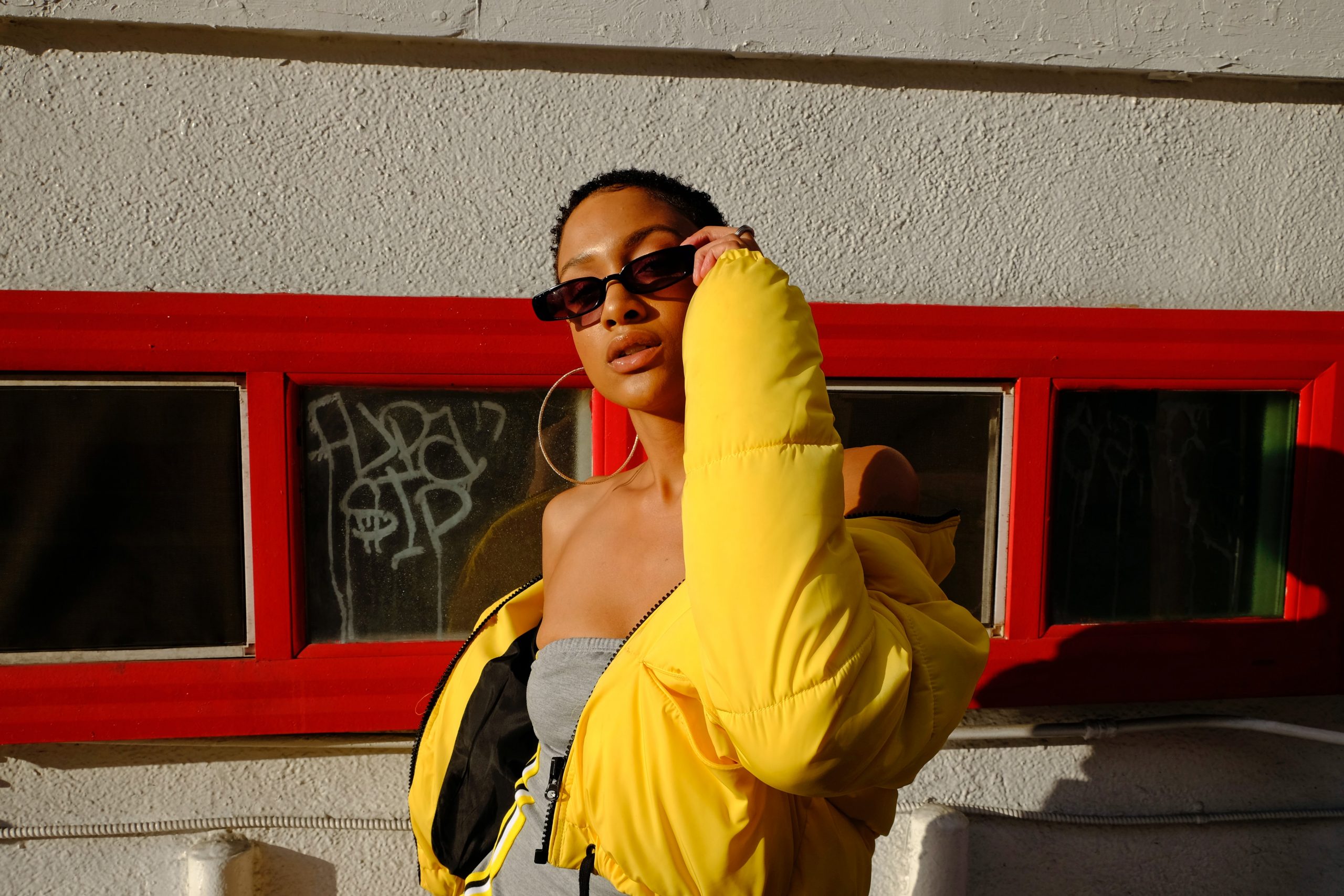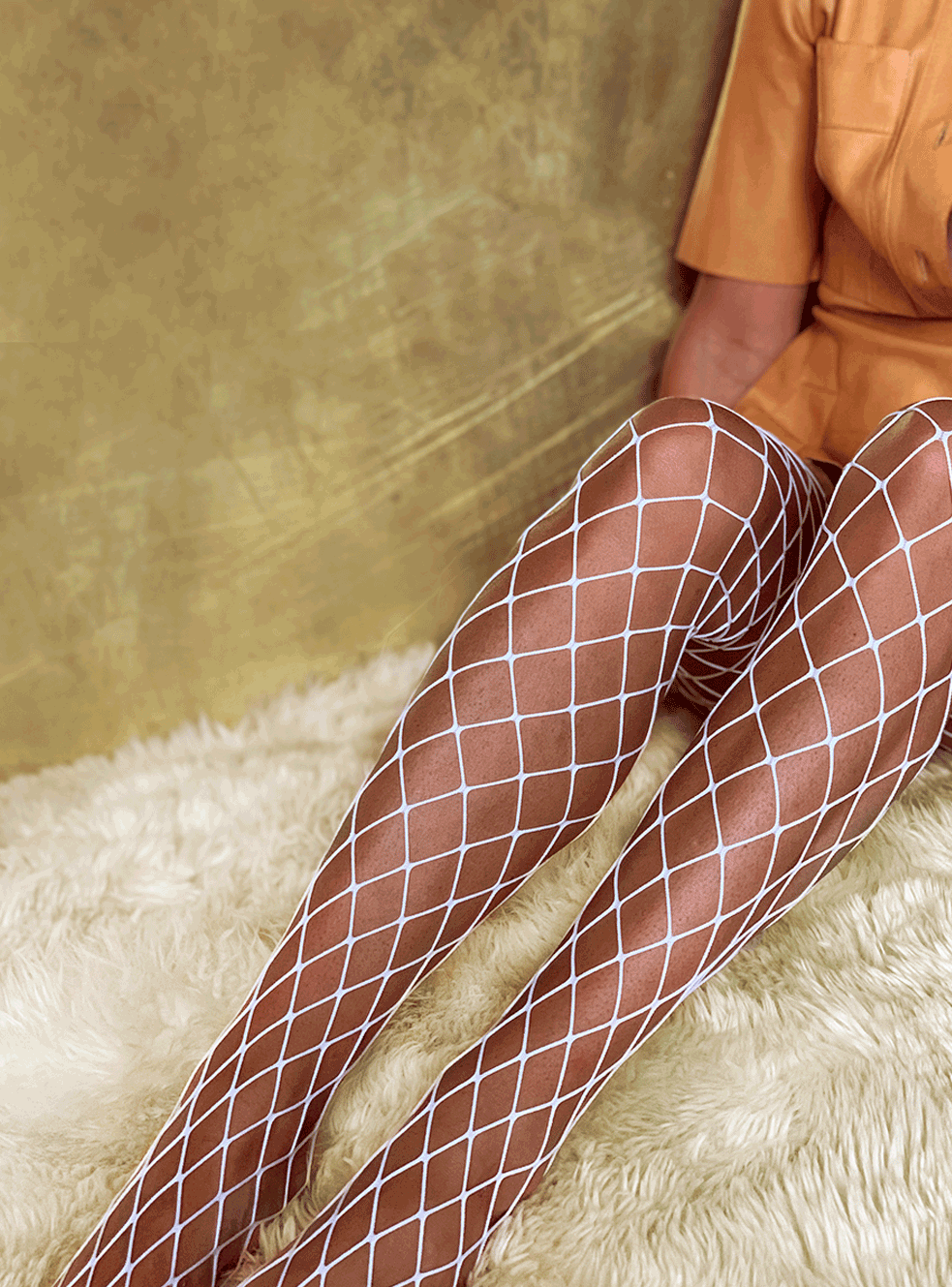For a growing number of designers, the season’s story no longer begins with a mood-board but with a hand feel: a dry linen crêpe that whispers of Mediterranean summers, or a 3-D faille that almost sculpts itself into shape. The textile comes first—and the silhouette follows—because texture has become the quickest way to signal novelty in a market drowning in images.
At Première Vision’s Spring/Summer 2025 show, trend forecasters observed a “strong desire for textile richness and decorations: textured fabrics, volume, artisanal appearance, giant motifs and bold fantasies,” alongside naturals such as regenerative cotton and hemp that satisfy both the eye and ESG checklists.

Boutique production partners democratise tactile experimentation
What if you’re not a heritage house with R&D budget? Enter a new breed of agile fabric sourcing specialists li. Acting as match-makers between emerging designers and technical mills, these firms lower minimum-order quantities, digitise swatch libraries and handle compliance paperwork so creatives can focus on texture play—not logistics. Their modular lines flip from heavy cotton canvas to silk charmeuse in an afternoon, letting young labels test material ideas in capsule runs before scaling.
Because cost sheets, dye-house certifications and carbon data live in one shared dashboard, designers can make aesthetic decisions with full visibility on footprint—an essential selling point when retailers now demand product-level impact scores. The result is a flywheel where daring textures reach market faster, margins stay healthy, and sustainability isn’t an after-thought but a design parameter.
Texture sets the narrative
When Raf Simons sent brushed mohair knits down the runway, he spoke of “a fabric that already carries a memory.” Designers today treat texture as a built-in back-story that shortens the path from concept to consumer. Smooth, stretchable circular knits convey speed; slubbed silks suggest craft. At Texworld NYC, the world’s largest textile fair on the U.S. East Coast, curators have responded by clustering suppliers around tactile themes—“Made to Move” for functional meshes, “Technological Dreamscape” for iridescent weaves—so buyers can literally shop by hand-feel.
Global hunting meets digital mood-boards
Fabric treasure-hunting still happens in crowded aisles—from Paris to Istanbul—but it now continues online in 4K resolution. PLM suites integrate AI search that recognises weave, drape and sheen, then suggests colourways or dead-stock lots in seconds. Some mills even livestream loom cameras, letting designers watch yardage take shape before committing to metres. The payoff is that a Tokyo-based pattern cutter can “feel” the same boucle a New York art director discovered hours earlier, collapsing the creative calendar without a single FedEx envelope.
Sustainability as a creative constraint
Circularity has moved from compliance box to design brief, forcing the industry to make beauty from limitation. Upcycling pioneer Maria Cornejo, for example, is pivoting her label to focus on best-selling shapes executed in archived, leftover yardage—proof that fabric sourcing can be both poetic and pragmatic. “Our focus will shift to the bestselling styles… with an emphasis on producing mindfully with up-cycled fabrics,” she told Vogue Business.
The aesthetic upside is unexpected surfaces: sun-bleached twills, over-dyed jacquards, bi-coloured denims—all impossible to replicate with virgin stock. Meanwhile, innovators like Circulose and Spiber are spinning cellulose pulp and fermented proteins into yarns that carry their own narrative of regeneration, giving designers fresh texture vocabularies that are inherently marketable.
Co-creating cloth with the mill
Today’s most sought-after fabrics never appear on a trade-show rail; they are co-developed behind NDA-sealed doors. Brands share CAD sketches and performance specs; mills tweak fibre blends, twist levels and loom tensions until the hand-feel is “just wrong enough” to be new. The 2025 State of Fashion report predicts that over half of all textile yardage will flow through such “deep” supplier relationships by 2028, because co-investment in R&D locks in exclusivity while spreading risk.
For creatives, this partnership model is pure alchemy: tweak the filament count and a matte cupro suddenly takes on a liquid gleam; add a recycled elastane core and a rigid selvedge morphs into comfort stretch. The mill becomes an extension of the studio, turning texture fantasies into reproducible SKUs.
Closing stitches
From Paris trade floors lined with bouclé boulevards to cloud databases that search by drape and gloss, fabric sourcing has become a creative discipline in its own right—one that rewards curiosity as much as cost management. Texture is more than surface; it is story, sustainability statement and brand signature rolled into a single tactile impression.
Designers who treat sourcing as an exploratory art—whether by co-engineering bio-based satins with a mill, trawling dead-stock platforms for sun-faded chambrays, or tapping boutique partners for small-batch experimentation—will be the ones whose collections feel fresh long after the runway lights dim. The future of fashion will quite literally be felt before it is seen.






